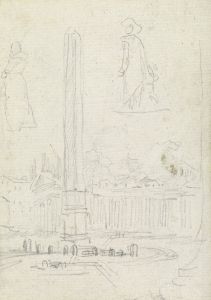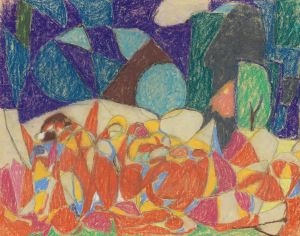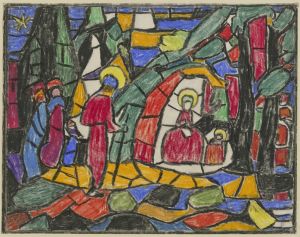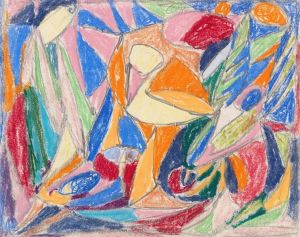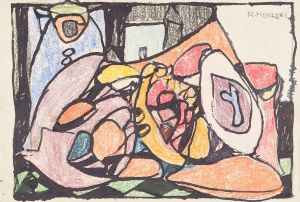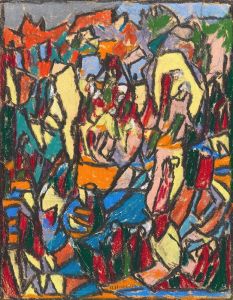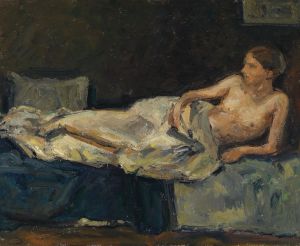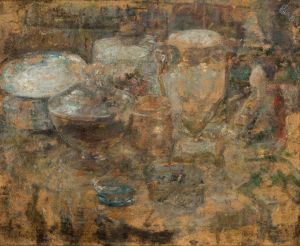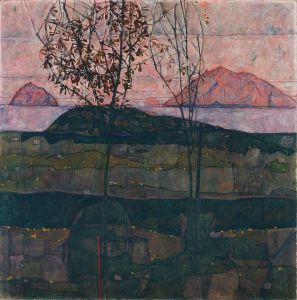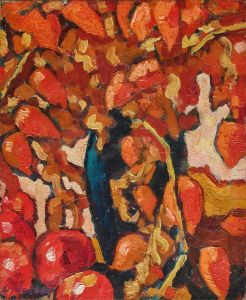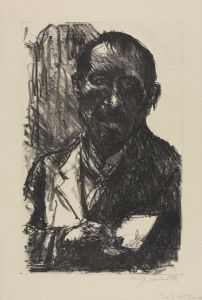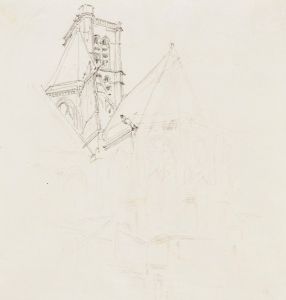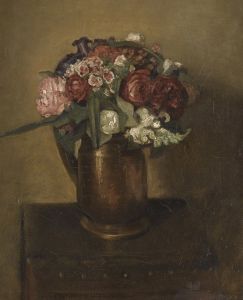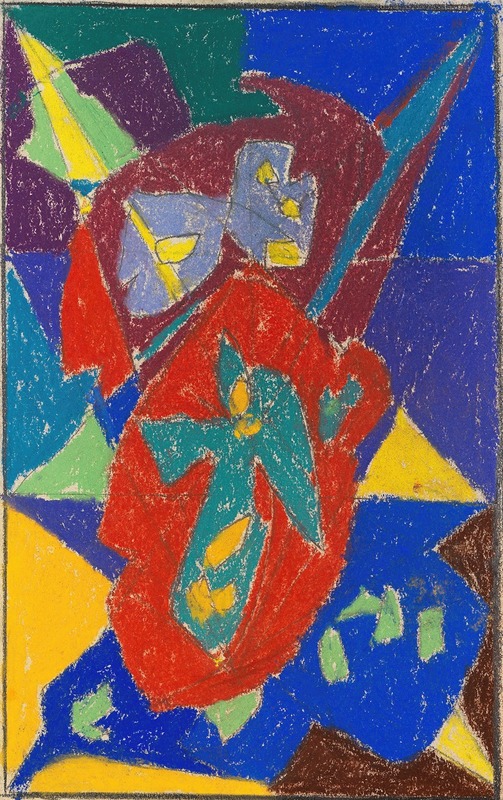
Engel auf rotem Fond
A hand-painted replica of Adolf Hölzel’s masterpiece Engel auf rotem Fond, meticulously crafted by professional artists to capture the true essence of the original. Each piece is created with museum-quality canvas and rare mineral pigments, carefully painted by experienced artists with delicate brushstrokes and rich, layered colors to perfectly recreate the texture of the original artwork. Unlike machine-printed reproductions, this hand-painted version brings the painting to life, infused with the artist’s emotions and skill in every stroke. Whether for personal collection or home decoration, it instantly elevates the artistic atmosphere of any space.
Adolf Hölzel was a significant figure in the development of modern art, particularly known for his contributions to abstract art and his role as an influential teacher. However, specific information about the painting "Engel auf rotem Fond" (Angel on Red Background) by Adolf Hölzel is limited. Hölzel's work, in general, is characterized by his exploration of color theory and abstraction, which were pivotal in the transition from representational art to abstract art in the early 20th century.
Adolf Hölzel was born in 1853 in Olomouc, which is now part of the Czech Republic. He studied at the Academy of Fine Arts in Vienna and later at the Academy of Fine Arts in Munich. Hölzel's early work was influenced by Impressionism, but he gradually moved towards a more abstract style. He became a professor at the Stuttgart Academy of Fine Arts in 1905, where he influenced a generation of artists, including notable figures such as Oskar Schlemmer and Johannes Itten.
Hölzel's approach to art was deeply rooted in his understanding of color and form. He believed in the spiritual and expressive power of color, which he considered to be the primary element of painting. This philosophy is evident in his works, where he often used bold colors and abstract forms to convey emotion and meaning. His teachings emphasized the importance of composition and the use of color to create harmony and balance in art.
"Engel auf rotem Fond" likely reflects Hölzel's interest in these themes, although specific details about the painting are scarce. The title suggests a depiction of an angel set against a red background, which aligns with Hölzel's tendency to use vibrant colors and spiritual motifs. The use of red could be significant, as Hölzel often used color to evoke specific emotions or spiritual states.
Hölzel's influence extended beyond his own work; he played a crucial role in the development of abstract art in Germany. His teachings and theories on color and form were instrumental in shaping the Bauhaus movement and other modern art movements. Hölzel's emphasis on the spiritual dimension of art and his innovative use of color were ahead of his time, and his legacy can be seen in the works of his students and the broader trajectory of modern art.
Despite the lack of detailed information about "Engel auf rotem Fond," it can be appreciated within the context of Hölzel's broader body of work and his contributions to the evolution of modern art. His exploration of abstraction and color theory paved the way for future generations of artists, making him a pivotal figure in the history of art.





